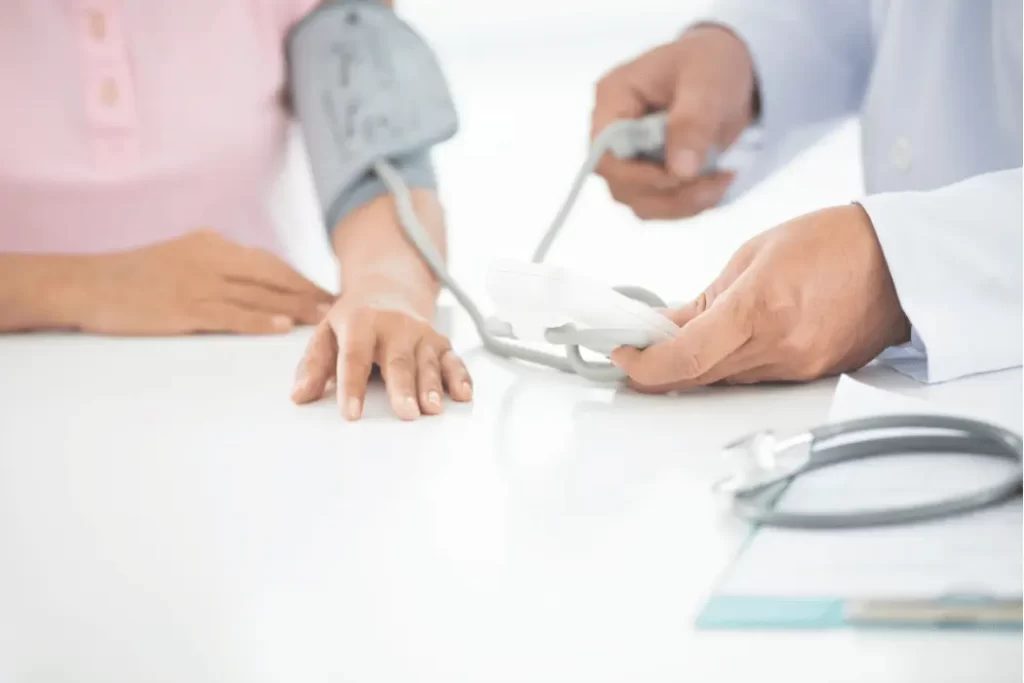In the medical world, acronyms play a significant role in simplifying complex terminologies and procedures. One such acronym frequently used in the field of anesthesia is PAC, which stands for Pre-Anesthetic Checkup. Welcome to our comprehensive blog where we will unveil the significance of PAC Full Form in Medical: Pre-Anesthetic Checkup. The Pre-Anesthetic Checkup, an essential step before any surgery involving anesthesia, is a reliable source of knowledge that helps anesthesiologists assess the patient’s health status and tailor the anesthesia plan accordingly. PAC, short for Pre-Anesthetic Checkup, plays a critical role in ensuring patient safety and optimizing anesthesia administration before any surgical procedure. In this article, we will delve into the importance of PAC, explore its benefits, and take you through the process of this essential pre-surgery evaluation.
PAC Full Form in Medical?
PAC stands for Pre-Anesthetic Checkup. It refers to a comprehensive evaluation and assessment performed by an anesthesiologist or a qualified healthcare professional before a patient undergoes any surgery or medical procedure requiring anesthesia. The primary objective of a PAC is to gather essential information about the patient’s health status, identify potential risks, and tailor the anesthesia plan accordingly.
The Role of Pre-Anesthetic Checkup
Assessing Patient’s Health Status
During a PAC, the anesthesiologist thoroughly reviews the patient’s medical history, including any pre-existing medical conditions, allergies, and previous experiences with anesthesia. This information helps in determining the patient’s suitability for anesthesia and any specific precautions that may be required.
Identifying Potential Risks
Conducting a pre-anesthetic checkup allows the healthcare team to identify potential risks or complications that may arise during the administration of anesthesia. Factors such as heart or lung conditions, diabetes, or allergies can significantly impact the choice and dosage of anesthesia drugs.
Tailoring Anesthesia Plan
Based on the information gathered during the PAC, the anesthesiologist customizes the anesthesia plan to suit the individual patient’s needs. This personalized approach ensures maximum safety and effectiveness during the surgical procedure.

Preparing for a PAC
Before undergoing a PAC, patients should be aware of the necessary preparations to make the process smoother and more efficient.
Medical History Review
Patients are usually required to provide a detailed medical history, including any chronic illnesses, surgeries, allergies, or medications they are currently taking. It is essential to be honest and transparent during this process.
Physical Examination
A thorough physical examination is conducted to assess the patient’s overall health status, including vital signs such as blood pressure, heart rate, and respiratory rate. The examination helps in identifying any potential health issues that may affect the anesthesia process.
Necessary Tests and Investigations
Depending on the patient’s age, medical history, and the complexity of the planned procedure, certain tests and investigations may be ordered. These may include blood tests, electrocardiogram (ECG), chest X-rays, and other relevant investigations.
Who Conducts a PAC?
A PAC is typically conducted by an anesthesiologist, a medical doctor specialized in anesthesia. An anesthesiologist is trained to evaluate patients, manage anesthesia during surgery, and provide post-operative pain relief. Their expertise ensures safe and effective anesthesia administration.
Common Procedures During a PAC
Several essential procedures are carried out during a Pre-Anesthetic Checkup to gather relevant information about the patient’s health.
Blood Pressure Measurement
Checking the patient’s blood pressure is a standard procedure during a PAC. Abnormal blood pressure levels can indicate underlying health conditions that may require further evaluation.
Heart Rate Assessment
Assessing the patient’s heart rate helps in understanding their cardiovascular health and identifying any irregularities that may pose risks during anesthesia.
Laboratory Tests
Various laboratory tests, such as blood work, are conducted to assess the patient’s overall health status. These tests aid in detecting any abnormalities that may impact the anesthesia process.
When is a PAC Required?
A Pre-Anesthetic Checkup is generally required before any surgical procedure that involves administering anesthesia. Whether it is a major surgery or a minor procedure, a PAC ensures the patient’s safety and reduces the risk of complications during anesthesia.
Benefits of a Pre-Anesthetic Checkup
Enhanced Patient Safety
The primary benefit of a PAC is improved patient safety. By thoroughly evaluating the patient’s medical history, current health status, and potential risk factors, the anesthesiologist can make informed decisions about the most appropriate anesthesia plan for the individual. This tailored approach minimizes the chances of adverse reactions or complications during surgery, ensuring a safer experience overall.
Optimized Anesthesia Administration
Each patient is unique, and their response to anesthesia can vary. The PAC allows the anesthesiologist to customize the anesthesia dosage and choice of drugs based on the patient’s specific needs. This optimization ensures that the patient receives the right amount of anesthesia, reducing the risk of under or over-administration.
Early Detection of Health Issues
During the PAC, the healthcare team performs a thorough physical examination and reviews the patient’s medical history. This process can lead to the early detection of any underlying health conditions that may have gone unnoticed. Identifying these issues beforehand allows the medical team to address them appropriately and take necessary precautions during anesthesia.
Identification of Allergies and Sensitivities
Anesthesia drugs can trigger allergic reactions in some individuals. By inquiring about allergies and conducting relevant tests during the PAC, the medical team can avoid using substances that may cause adverse reactions, ensuring a smoother anesthesia experience.
Improved Surgical Outcomes
By ensuring that the patient is in the best possible health condition before surgery, the PAC contributes to better surgical outcomes. Patients who have undergone a comprehensive pre-anesthetic checkup tend to have smoother surgeries with reduced post-operative complications.
Cost-Effective Approach
While some may view the PAC as an additional expense, it is, in fact, a cost-effective approach in the long run. Detecting and managing potential health concerns before surgery can prevent costly complications and post-operative care.
Conclusion
Understanding the PAC Full Form in Medical: Pre-Anesthetic Checkup is paramount for anyone preparing for surgery. This crucial pre-surgery evaluation ensures patient safety and paves the way for optimized anesthesia administration. By thoroughly assessing the patient’s health status, identifying potential risks, and tailoring the anesthesia plan accordingly, the PAC plays a vital role in enhancing surgical outcomes. The early detection of health issues, allergy identification, and patient education further contribute to a smoother and more informed surgical experience. Embracing the significance of PAC in the medical field demonstrates a commitment to maintaining high standards of care and prioritizing patient welfare.


